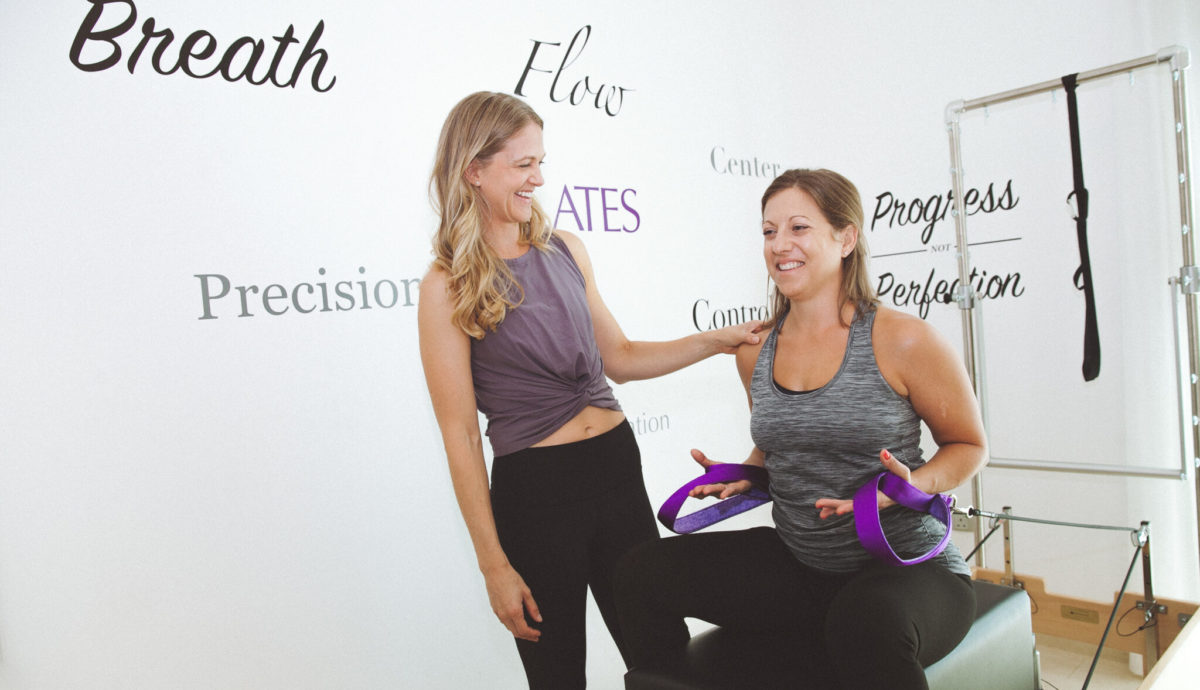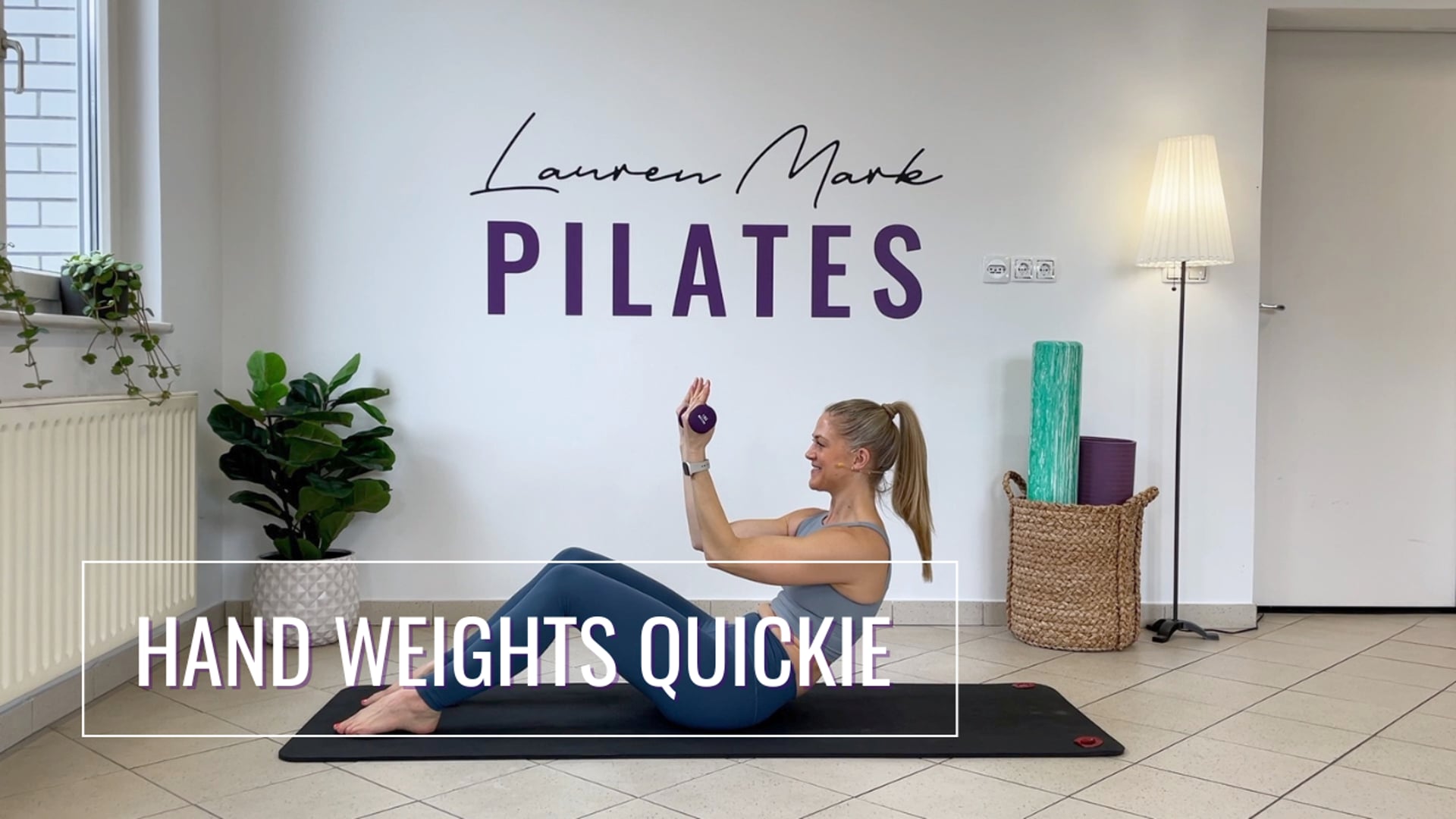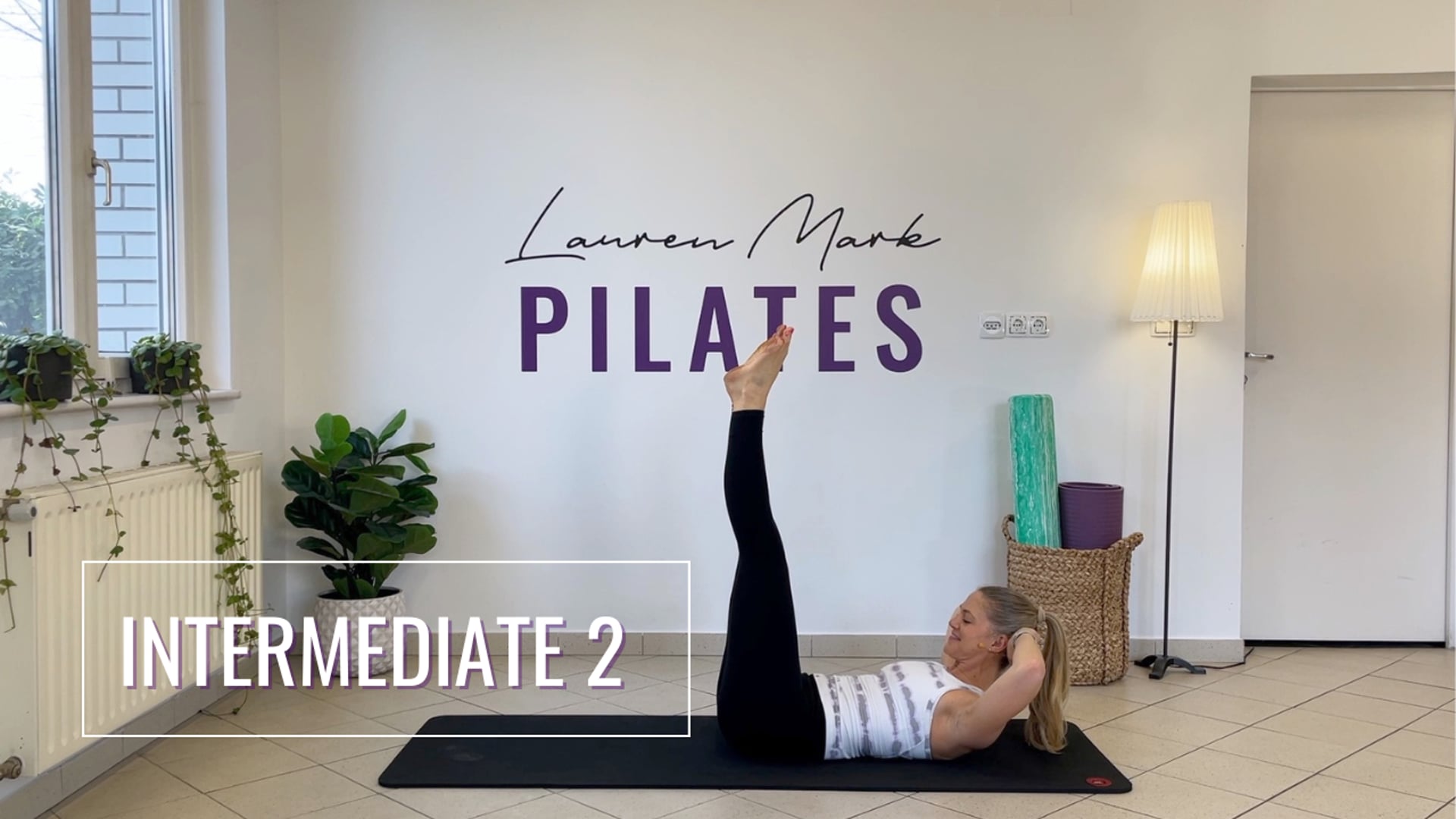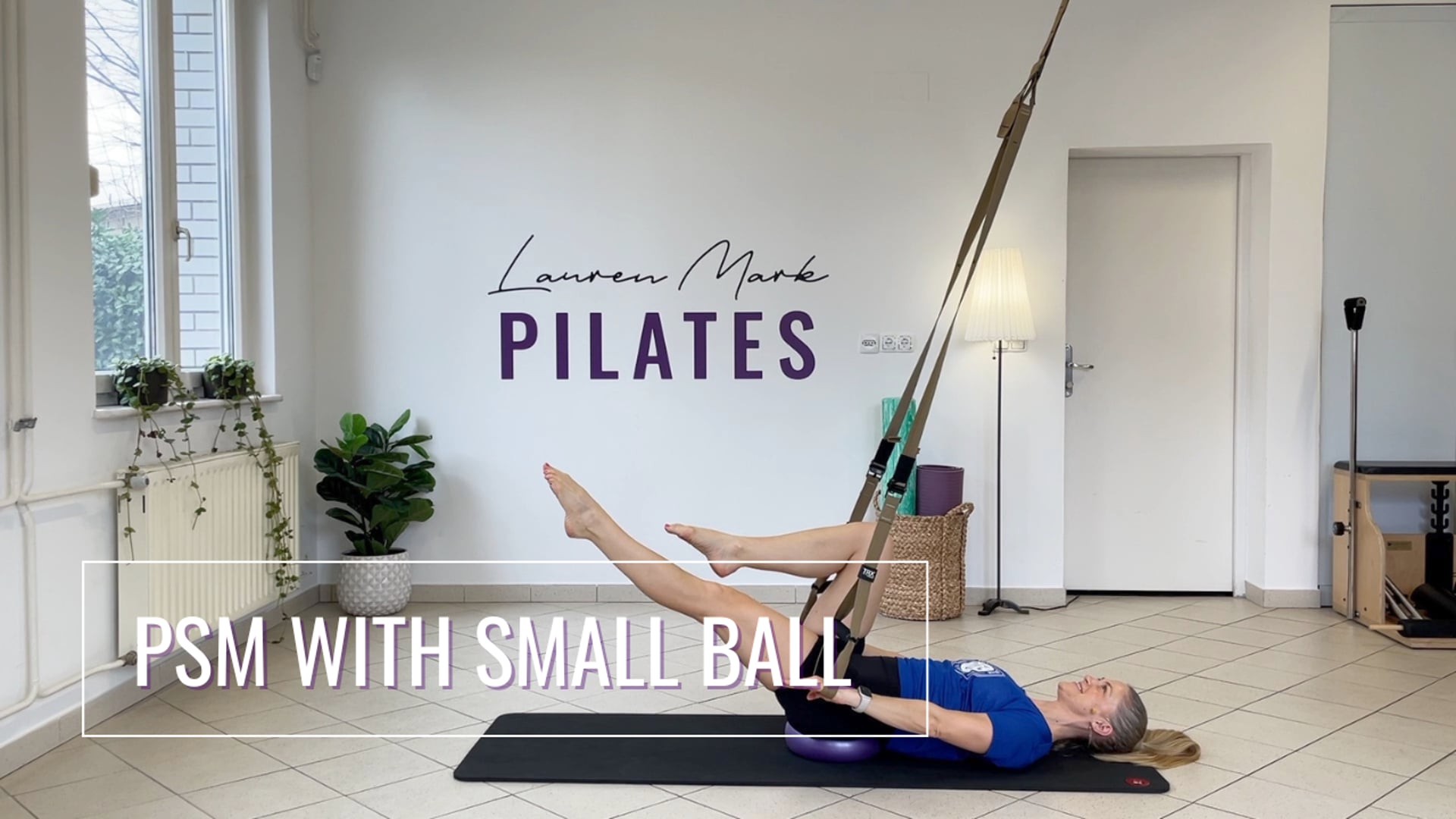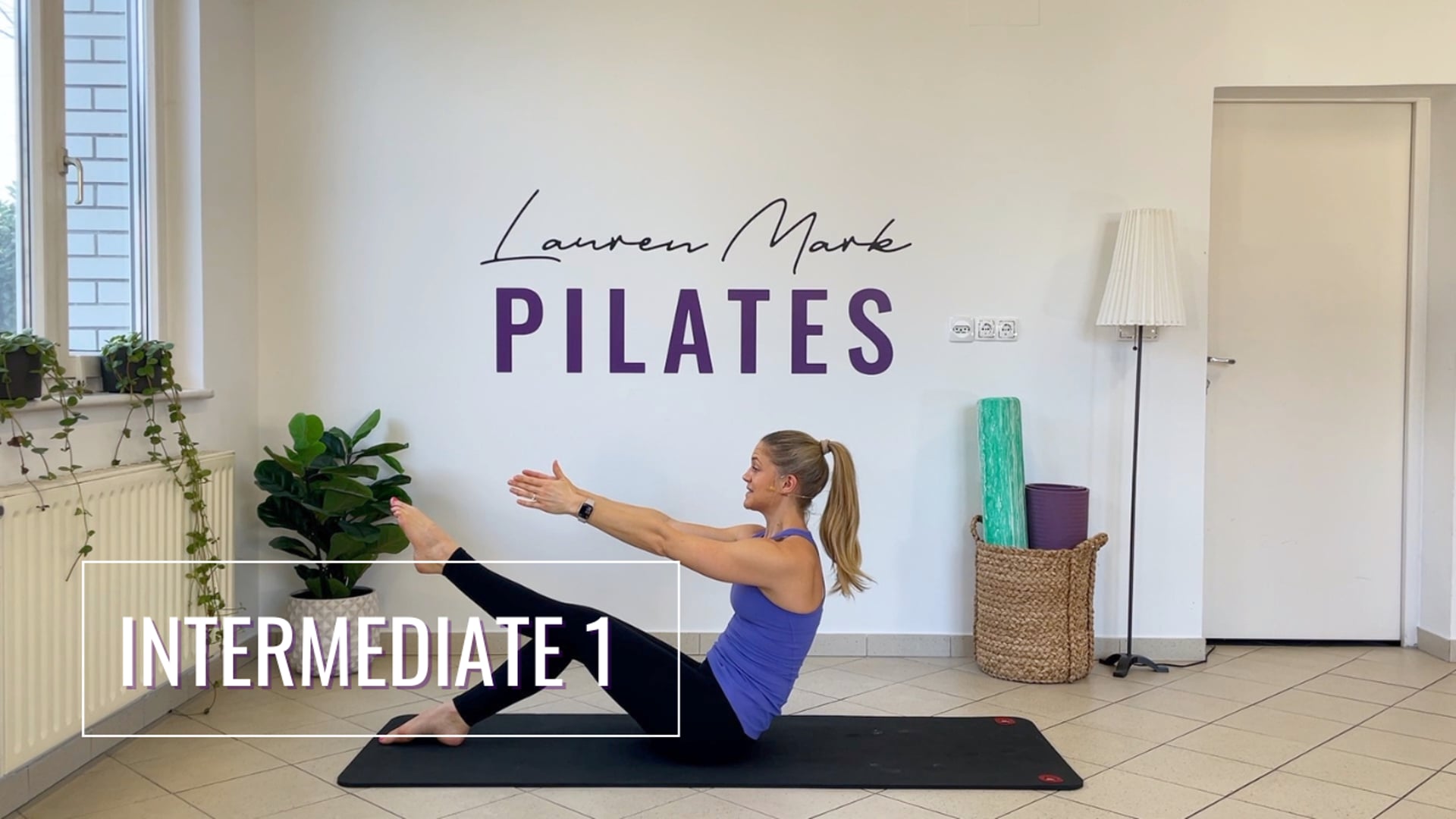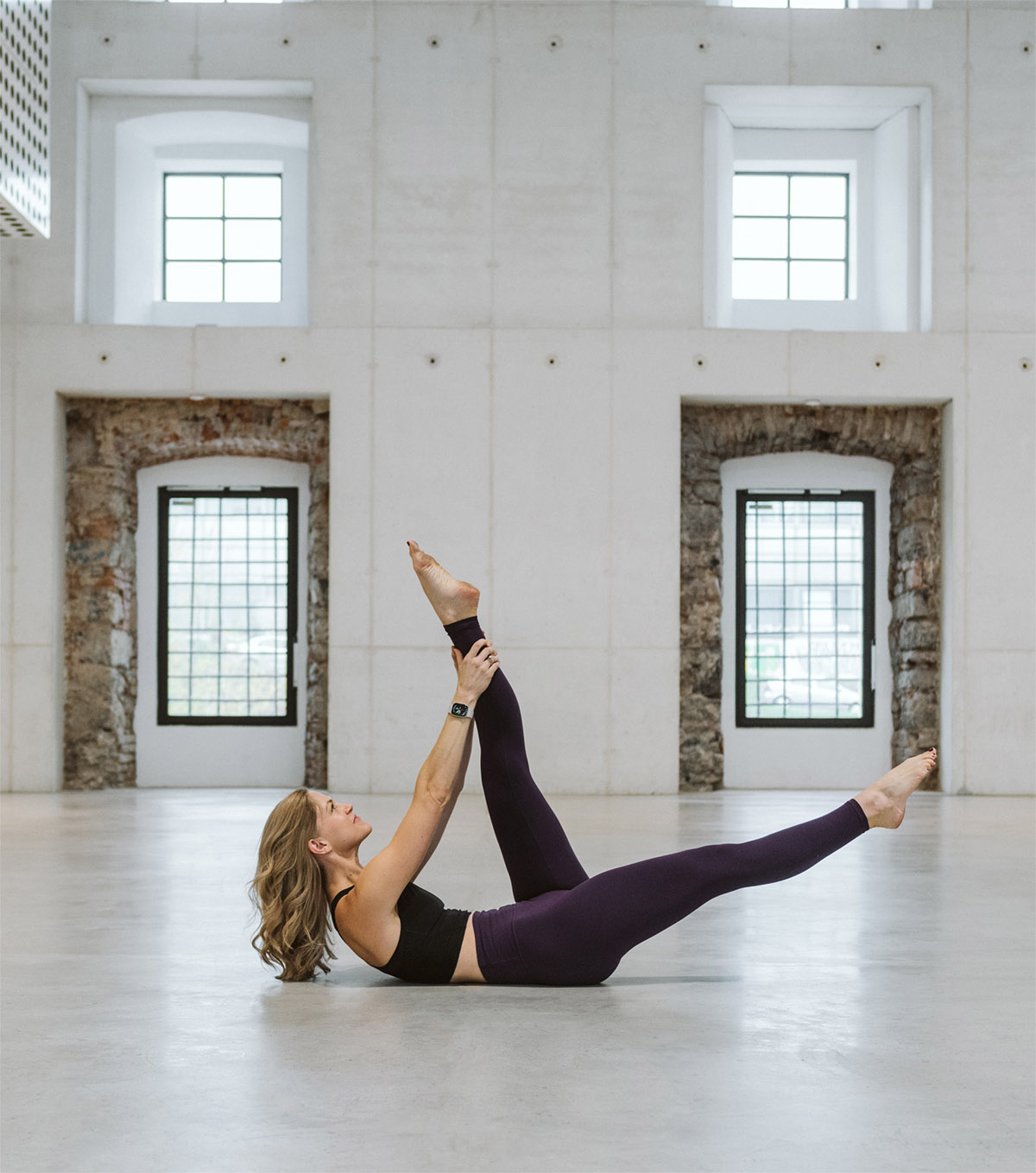If you believe that a workout isn’t a workout unless there is a pool of sweat at your feet and your muscles and lunge are burning, listen up. Trust me; there is no judgment here. I am pounding the pavement or the tread twice a week, running like someone is chasing me. I get it, and I love it. The adrenal and the endorphins are amazing! I also love a killer Pilates session where my muscles burn and shake. All of this is amazing, and I thank my body for what it is capable of (probably not as much as I should).
The fitness culture, particularly in the USA, often discounts the importance of low and moderate-intensity exercise and active rest. I can’t tell you how often my clients have come to me after a great session (if I do say so myself) and complained because they weren’t sore enough. Repeat after me, You don’t have to be sore after a workout for it to be a good workout.
Dismissing low and moderate-intensity exercise is a mistake, and you may be missing out on many of the short and long-term benefits inherent in this type of movement. Low and moderate-intensity exercise like Pilates not only builds strength, flexibility, and endurance but can be restorative, physically and mentally.
Here are some of the benefits of adding in low and moderate-intensity exercise (like Pilates):
- It allows your body time to rest and recover. This is important to prevent burnout and injury. Restorative exercise creates less stress on your joints, reduces pain, and increases circulation, improving injuries and speeding up recovery. This will help your performance in your more structured or higher-intensity workouts, trust me!
- Mixing up your exercise between high and low-intensity workouts helps to prevent plateaus. You cannot do the same thing over and over again and expect the same results. The body adapts.
- Low and moderate-intensity workouts can be just as effective if not more effective at improving mental health. This is twofold:
-
- If you experience anxiety around exercise, particularly high-intensity exercise, those workouts might not serve your body in the best way. Your mental health is just as important as your physical health. If you always have the psych yourself for a workout, then it is time to mix it up with something different and if you are a chronic high-intensity exerciser, maybe think about a brisk walk around your neighborhood or a Pilates class once in a while.
- Low and moderate-intensity workouts are great ways to improve your mood, creativity, and mental health. Inviting a friend to join you also allows you to connect socially. Social connections are critical for sustained mental health.
-
- Both low and high-intensity exercise can have similar long-term health benefits; however, low-intensity exercise puts far less stress and strain on the body. I resent study comparing results from a national runner’s health study and a national walkers health study found “that the energy used for moderate-intensity walking and vigorous-intensity running resulted in similar reductions in risk for high blood pressure, high cholesterol, diabetes, and heart disease over the study’s six-year period.”
If you are ready to incorporate more low and moderate-intensity exercise into our fitness regime, check out my Online Pilates Membership or sign up here for my FREE 3-Part Pilates Jump Start Series. If you want a more personalized approach that you can only get from private sessions, schedule a one-on-one session with me today!

